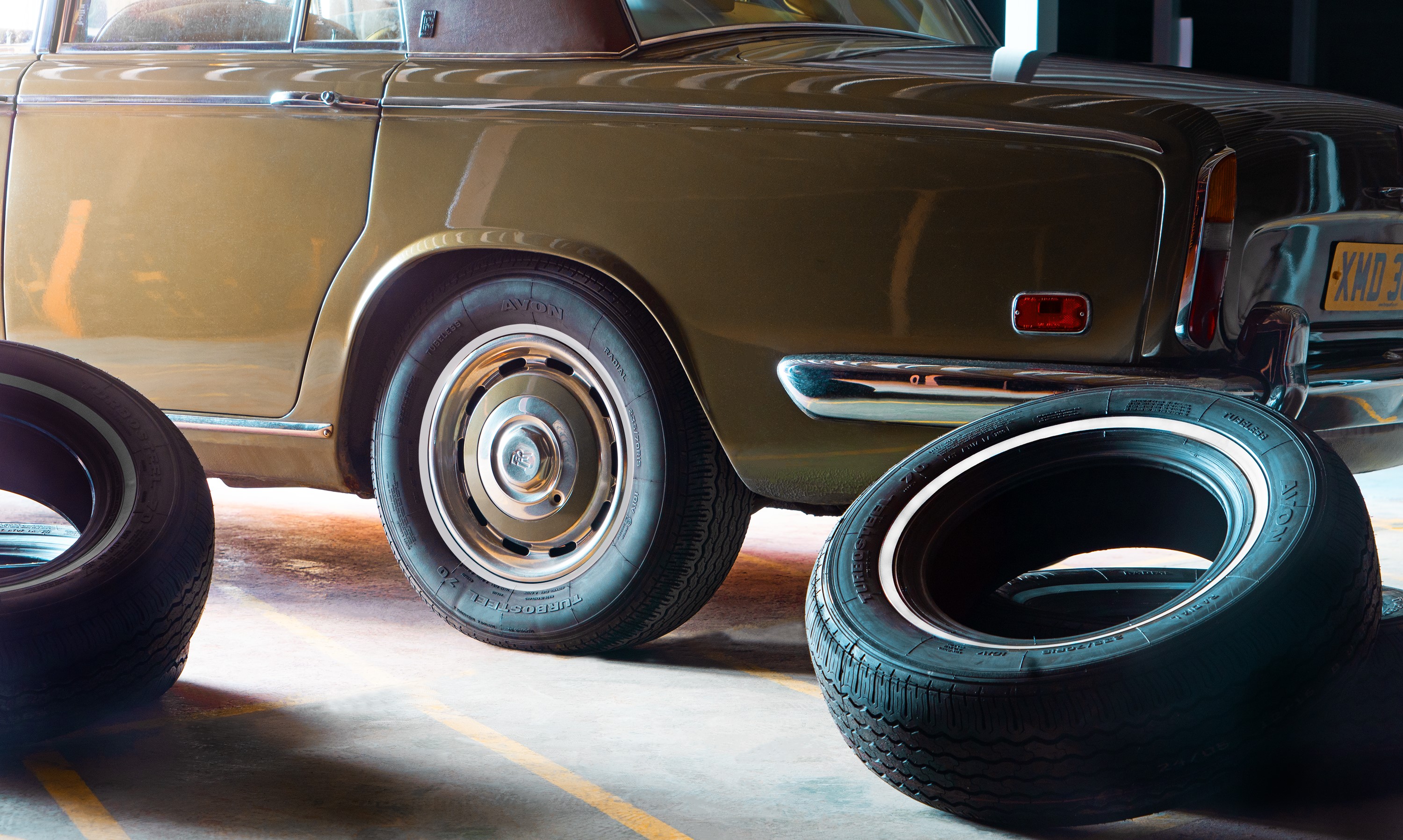
Only 17% of motorists know how to find the age of their tyres or when to change them.
How Long Does a Tyre Last?
There are no set rules on this. Some manufacturers recommend you replace tyres after 6 years, regardless of the tread. Others claim a tyre can have a 10-year lifespan but will need checking after 5 years. Heat, storage, and daily usage can all affect the ageing pattern of your tyres. For example, a spare tyre that has been kept in the vehicle may be exposed to heat and dirt in a way that a tyre kept in a garage is not.
Signs Of Ageing
Your tyres will usually wear out before they show signs of ageing. However, if you drive less than the UK average of 6,700 miles a year, then your tyres may become unsafe as they sit in the garage. Tyres can naturally degrade and dry out with exposure to the sun’s UV rays and rain. Ageing damage is more common with classic vehicles as they tend to be driven infrequently.
Just because you've done the 20p test and your car tyres have plenty of tread, doesn't mean that they haven't suffered age-related damage. Visually inspect your tyres once a month.
To determine whether your tyres have suffered ageing damage:
-
Check the sidewalls for signs of cracking, also known as crazing, especially if your tyres are 4 to 5 years old and the car is normally kept outside
-
Check for deformation of the tread, as this can indicate ageing
How Do I Know How Old my Tyres Are?
All the information you need to find out the age of your tyres is located on the tyre sidewall. Look for the letters DOT and then a number code. This production code will tell you the age of your car tyre: the first pair of numbers is the week of manufacture, and the second pair is the year.

Example: 2118 = 21st week of 2018
-
Tyres manufactured after 2000 have a 4-digit code
-
Tyres manufactured before 2000 have a 3-digit code and should be replaced immediately
-
If your tyres are more than 5 years old, consider replacing them

9 Apr 2024
18 Apr 2023
18 Apr 2023